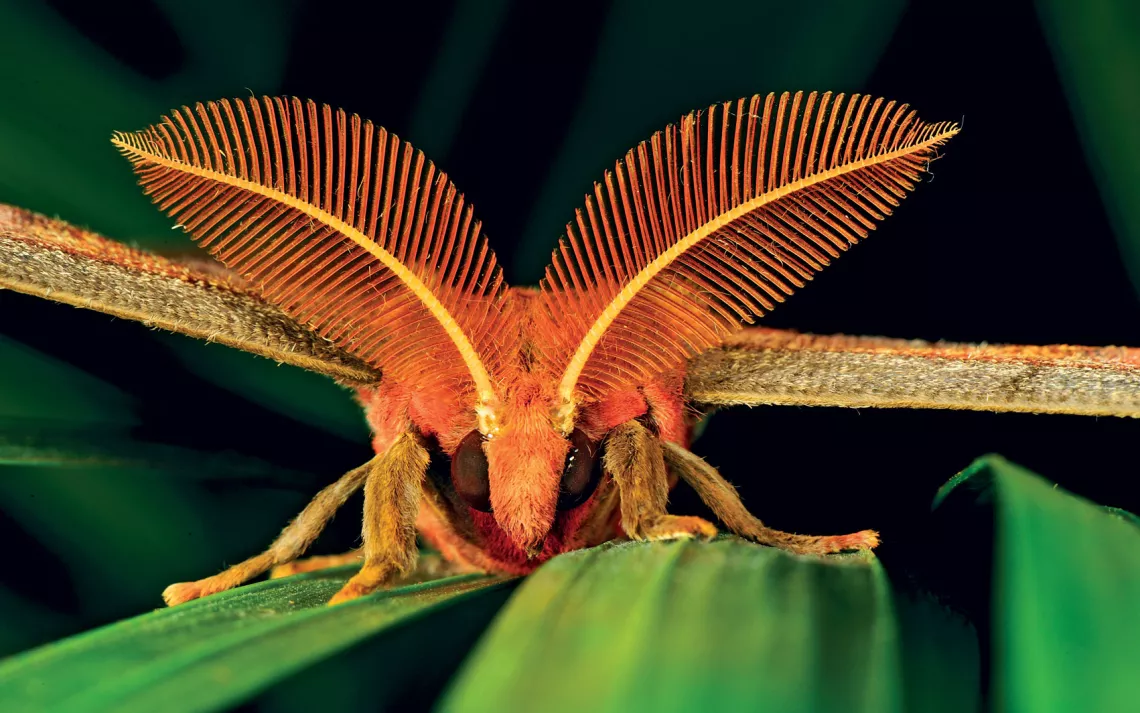The Wild World of Butterflies
Photographs by Thomas Marent
We may spot them as they flutter by, but when was the last time you stopped to truly appreciate a butterfly or moth?
Delicate as they may seem, the insect order of Lepidoptera has been around for 190 million years, living on every continent except Antarctica, in habitats both harsh and lush. The world would be a wildly different place without them. The flowering plants that dominate the world’s ecosystems (and produce the world’s food) co-evolved with lepidopterans and continue to rely on them for pollination.
Zoologist Ronald Orenstein and photographer Thomas Marent’s new book, Butterflies, explores the lives of these ephemeral insects while showcasing their beauty. The book details the life stages of moths and butterflies from caterpillar to mating adult, with sections to highlight species in each major family. While admiring the diversity of forms and colors in the photographs, you can learn about the remarkable adaptations of camouflage and mimicry, feeding, migration, and social structure that have allowed lepidopterans to thrive since the Jurassic.
Even after centuries of study, these insects continue to intrigue humans, whether it be biologists who research their critical role in ecosystems, or Air Force engineers hoping to model their flight patterns. Butterflies gives us an in-depth overview of why we should give the bugs a closer look, and why conserving them in the face of threats like pesticides and climate change is essential.
Pick up Butterflies and see for yourself the giant influence these small creatures have on the planet.
 The Magazine of The Sierra Club
The Magazine of The Sierra Club












